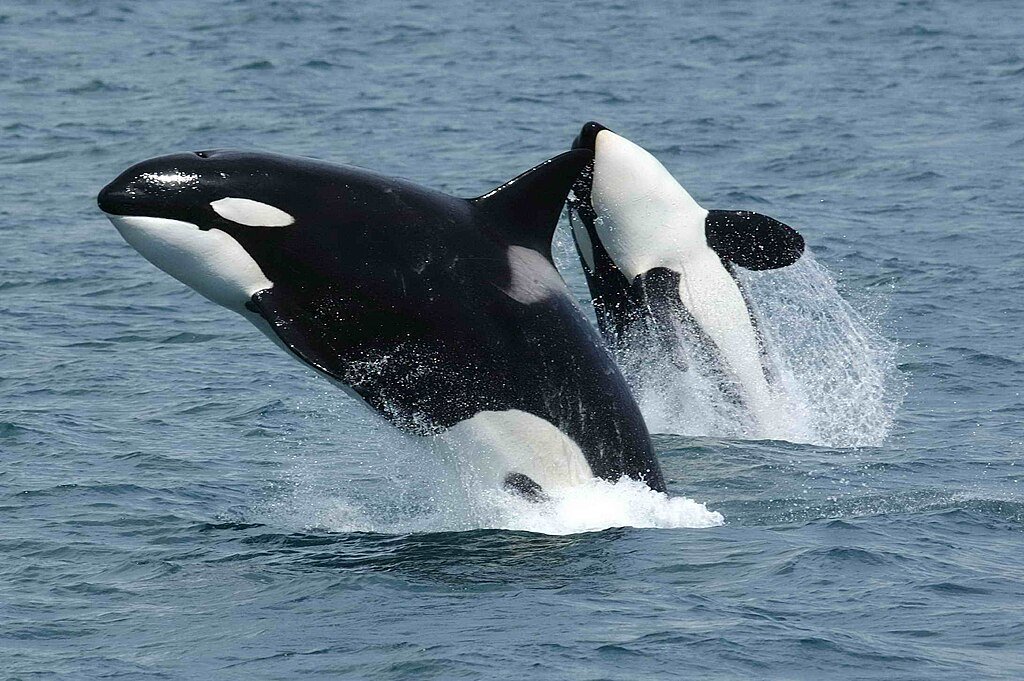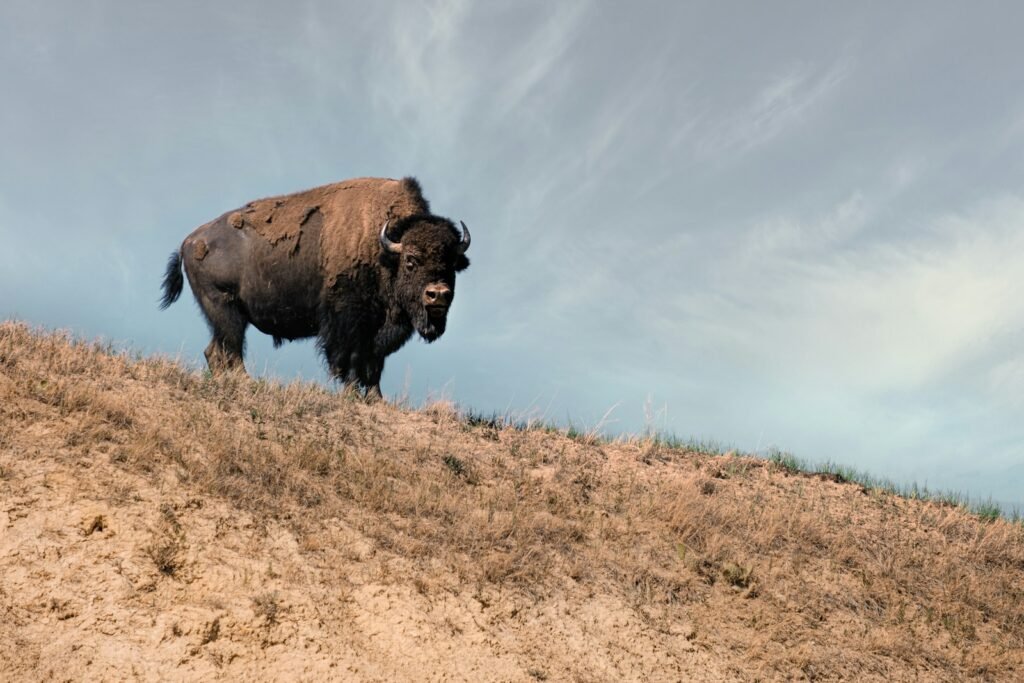In a first-of-its-kind observation, researchers have documented wild orcas gently nibbling each other’s tongues—a behavior previously seen only in captivity. Published in Oceans, the study describes a rare underwater interaction captured by citizen scientists snorkeling in Norway’s Kvænangen fjords, offering new insight into the social lives of these enigmatic marine mammals.
A Chance Encounter in the Fjords

The footage, recorded in October 2024, shows two orcas engaging in three bouts of gentle mouth-to-mouth contact over nearly two minutes. The behavior, described as “tongue nibbling,” closely mirrors interactions previously documented in zoological settings, suggesting it is part of the species’ natural social repertoire.
Social Bonding or Cetacean Etiquette?
Scientists believe tongue nibbling may serve affiliative purposes—similar to grooming in primates or reconciliation behaviors in dolphins. While its exact function remains unclear, the gesture could reinforce trust, signal pair bonds, or help resolve social tension. Comparable oral interactions have been observed in belugas, hinting at a broader cetacean communication strategy.
From Captivity to the Wild
Tongue nibbling was first recorded in captive orcas in 1978 and again in 2013 at Loro Parque in Spain. This new wild observation confirms the behavior is not exclusive to managed care and may be conserved across genetically distinct populations. It also underscores the value of long-term behavioral studies in both natural and controlled environments.
Conclusion

The discovery of tongue nibbling in wild orcas adds a tender new layer to our understanding of their social complexity. As researchers continue to decode cetacean behavior, such intimate moments remind us that beneath the surface, orcas may share more than just hunting strategies—they may share affection, too.
Source:





